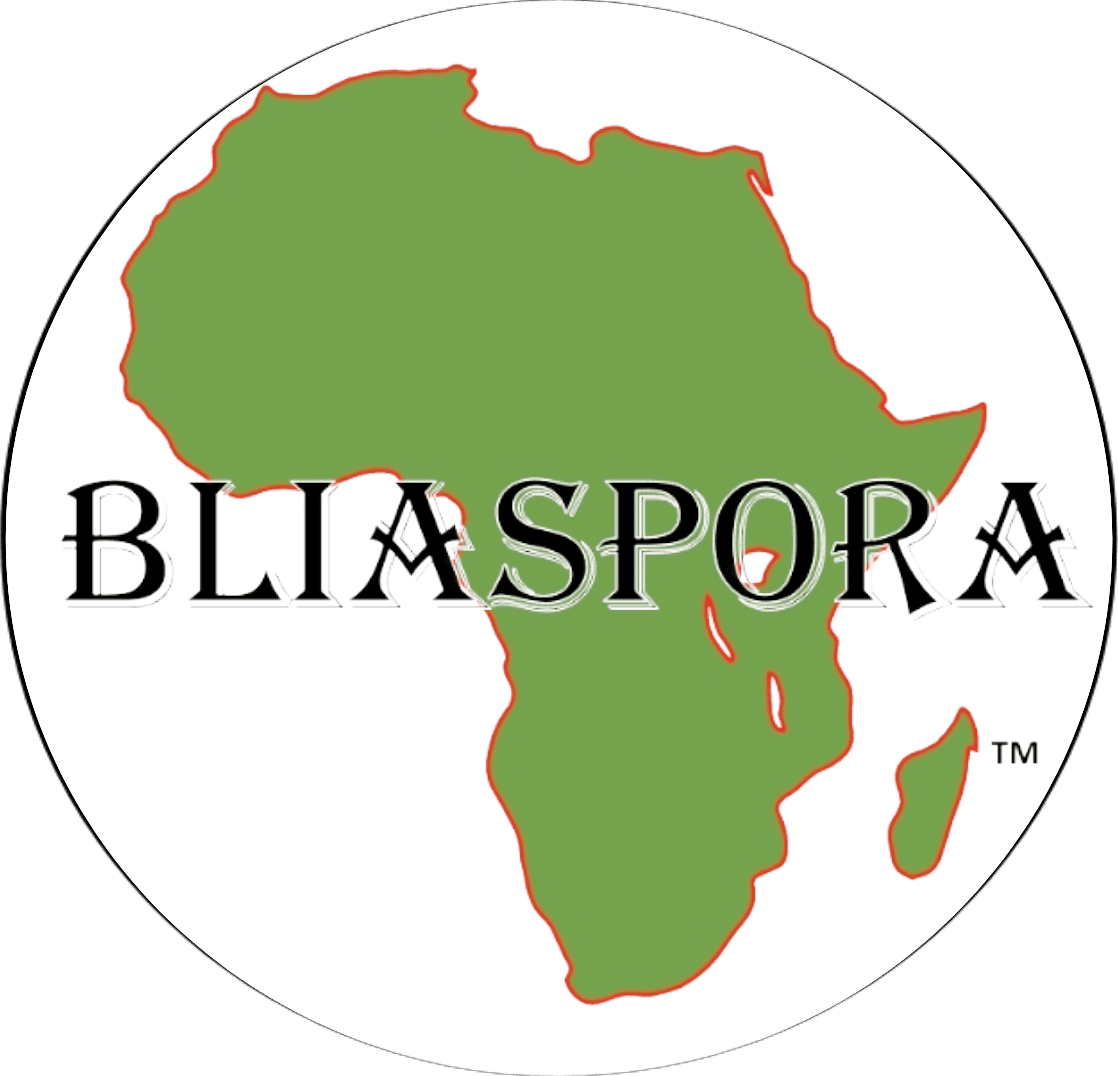Capoeira!! Is an Afro-Brazilian form of martial arts. Created by slaves it is a blend of music, acrobatics, and dance.

“capoeira mural” by Tara Severns is licensed under CC BY 2.0

“Capoeira” by Arquivo Nacional do Brasil is marked with CC PDM 1.0

“First Friday April 2011 – Capoeira” by madmarv00 is licensed under CC BY 2.0
Carnival

Carnival was not created by blacks; it is a Christian tradition occurring before lent. However, the masks, music, and dance are all influenced by blacks in Brazil, Trinidad, and other Caribbean nations. It is no coincidence the celebrations throughout the America’s are nothing like the ones in Europe.

“0167 Feathered Carnival Girl” by Mark Morgan Trinidad A is licensed under CC BY 2.0

“File:Orange Carnival Masqueraders in Trinidad.jpg” by Jean-Marc /Jo BeLo/Jhon-John from Caracas, Venezuela is licensed under CC BY 2.0

Comedy!!

Bert Williams born in 1874, a Bahamian-born American entertainer, was one of the most popular entertainers of his time. He is credited as being the first black man to have the leading role in a film: Darktown Jubilee in 1914.
Born in 1894, Loretta Mary Aiken known by her stage name Jackie “Moms” Mabley was a trailblazer in stand up and comedy. Her raw humor was a head of its time and influenced other black comedians during and after her amazing career. Mabley’s legacy cannot be understated, where she planted the seeds for other great comedians to emulate her success.


John Elroy Sanford born in 1922 was better known by Redd Foxx, was a stand-up comedian and actor. Foxx gained success with his raunchy nightclub acts during the 1950s and 1960s. Foxx continued to entertain people by the masses and future generations with his hit show Sanford and Son.
Dick Gregory was born in 1932 he was not only a comedian but also a civil rights activist and conspiracy theorist. Gregory became popular with his stand-up making fun at the bigotry and racism in the United States. In 1961 he began to appear on television and released comedy albums.
“Bill Cosby” by fuzzcat is licensed under CC BY 2.0


Bill Cosby born in 1937, and it is a justified reason to question how he is even mentioned. However, if you separate his personal demons and legal problems and what he’s accomplished you cannot ignore his contributions. Emerging in the 60s Cosby’s comedy routines were not raunchy and omitted talking about race that some black comics were doing at the time. In the 70s he stared in movies to counter the blaxploitation movies of the time. He is also credited with the creation of Fat Albert and the extraordinarily successful The Cosby Show in the 80s with the spin off A Different World. The Cosby Show had cultural importance, to show a black family with two successful parents, one a doctor and another a lawyer.
Lawanda Page born in 1920 in Cleveland Ohio, she eventually moved to St. Louis where she became friends with Red Fox. Her career is impressive, where she is best known on the hit show Sanford and Son, however, she was a talented stand up comedian as well. During her stand-up career she was billed the “Queen of Comedy” or the “Black Queen of Comedy.”


Richard Pryor was born in 1940 where he made his mark in as a stand-up comedian, actor, and writer. Originally emulating Bill Cosby in his comedy routines, he eventually took a different approach by becoming more controversial. In 2017 Pryor was voted as number one stand-up comic of all time by Rolling Stone Magazine. Today, Pryor is credited to influencing many comics such as Eddie Murphy, Chris Rock, Dave Chappelle, and Kevin Hart.

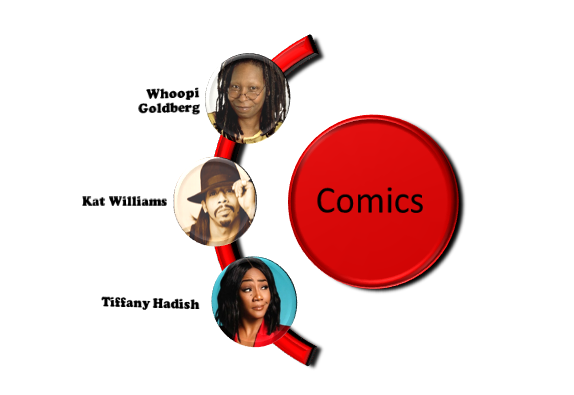
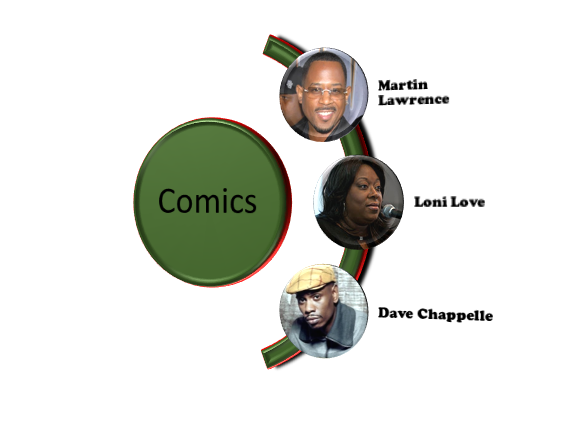

Music &Dance


Swing Dance Created in the jazz area between 1920 and 1940 by African Americans.
Jazz originated in the Black communities in New Orleans with roots to Blues and Ragtime.


Photo Courtesy: Isaiah McClean
Salsa has roots in Cuba with Son music an Afro Cuban style of music.
Photo Courtesy: Anouchka Unel
Tango a dance created in Argentina is a melting pot of various cultures with a heavy influence from African slaves.

“The Essential Mahalia Jackson” by Brett Jordan is licensed under CC BY 2.0
Gospel is a Christian form of music that was created in the Southern United States by the African American religious experience.

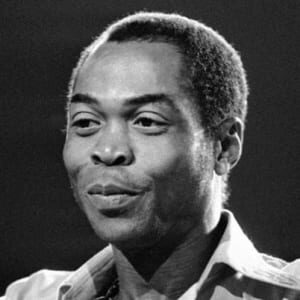
Figure 58 Photo Courtesy: Laurent Rebours
Afro Beats pioneered by Fela Kuti (pictured) is a musical style created in Ghana and Nigeria.
“Toots Hibbert” by karl.simpson is licensed under CC BY-SA 2.0
Reggae pioneered by Jamaican legend Toots Hibbert.


Ragtime is a genre of music that predated Jazz originating in St. Louis by African Americans. Pictured is legendary Scott Joplin.

Calypso is an Afro-Caribbean music style created in Trinidad and Tobago. Pictured is Mighty Sparrow a legend in calypso music.

Samba a music and dance created by Afro Brazilians in Rio De Janeiro in the early 1900s. Pictured is Ismael Silva was one of the great composers of Samba.
“File:Aankomst Ray Charles (kop) op Schiphol, Bestanddeelnr 921-7410.jpg” by Eric Koch / Anefo is marked with CC0 1.0
Soul created in the United States by African Americans in the 1950s that combined gospel, rhythm and blues, and jazz. Innovators during this time were Clyde McPhatter, Hank Ballard, and Etta James where Ray Charles is often cited as popularizing the soul music genre.


“James Brown Live 1702730047” by Heinrich Klaffs is licensed under CC BY-NC-SA 2.0
Funk although known by one of his nicknames the “Godfather of Soul,” James Brown is credited of creating this genre of music.
“the supremes- mary wilson, florence ballard, diana ross” by tomovox is licensed under CC BY-ND 2.0
Motown unlike the others, Motown is not a genre of music but has a distinct sound. Created in Detroit MI this record label founded by Berry Gordy had a list of African American talent that sold millions of records. (Supremes pictured)


Figure 59 Photo By: Rodrigo Mejias
Reggaeton is a music genre with roots to Panama. When Jamaican immigrants came to the country to help construct the Panama Canal the fusion of two cultures blended with Spanish Music and Reggae. El General helped pioneer the new genre in the early 90s, however, it became popular in Puerto Rico. Today the lighter skinned artist are getting more recognition in the genre while Afro Puerto Ricans are not.
Merengue was created in the Dominican Republic in the mid 1800’s, pictured is legendary merengue singer Joseito Mateo.


“Grandmaster Flash, Stockholm Nov 10, 2017.” by Per Olof Forsberg is licensed under CC BY 2.0
Hip-Hop was created in Bronx NY in the early 70s. Legendary Grandmaster Flash was inspired by pioneer Jamaican American DJ Kool Herc.
“File:Breakdancer – Faneuil Hall.jpg” by Chris Kirkman from Chapel Hill, North Carolina, United States is licensed under CC BY 2.0
Breakdancing created by African Americans and Puerto Rican youth in Bronx New York during the inception of Hip Hop in the early 70s.


“RIP-Frankie-Knuckles” by DJANDYW.COM is licensed under CC BY-SA 2.0
House Music was created in Chicago pioneered by Frankie Knuckles during the demise of Disco.
Doo wop is genre of rhythm and blues created by African American youths in the 1940s. The Cadillacs, pictured, had their best hit Speedoo in 1955.


Rock & Roll there is a misconception that Elvis Presley created it, in fact he just popularized it. Considering that Rock & Roll is a mixture of Gospel, Blues, Jazz, Boogie Woogie, R & B, and Country. All but Country are black music, in fact many early white Rock & Roll musicians were covering their black counterparts.

“Complete Sister Rosetta Tharpe Vol. 1 -1938-1943- Sister Rosetta Tharpe Fremeaux And Associes” by iClassicalCom is licensed under CC BY 2.0
Sister Rosetta Tharpe considered the “Godmother of Rock & Roll” gained popularity in the 1930s and 40s influenced Little Richard, Johnny Cash, Carl Perkins, Chuck Berry, Elvis Presley and Jerry Lee Lewis.
Chuck Berry known as the “Father of Rock & Roll” was one of the pioneers. Berry gave Rock & Roll a distinct sound by using elements of Rhythm and Blues.


Little Richard also known as “The Innovator, The Originator, and The Architect of Rock and Roll” contributed by using his charisma and showmanship.
“Fats Domino – Here Stands Fats Domino” by comunicom.es is licensed under CC BY-SA 2.0
Fats Domino is one of the pioneers of Rock & Roll that had eleven top 10 hits between 1955 and 1960.

Some may ask why few black Rock & Roll musicians are there so if they created the genre. Shortly after Black musicians pioneered Rock & Roll it was basically rebranded for a white audience. Like what you see in Afro Latino music, where non-black musicians seem to be the face of that genre, happened to Rock & Roll.
To answer the question of the extent that African American influence had on the later Rock and Roll genre, it seems to be an integral part of the foundation of the genre and the artists that are included in it. All the artists discussed previously were impacted by the African American Rhythm and Blues style in one way or another. For instance, the success of the African American Blues genre prompted recording companies to cover many songs originally performed by African Americans and market them to the young white audience of the 1950’s. This is shown over and over again in the examples of Elvis Presley and Pat Boone, two young handsome white singers who took distinctly Blues songs and transformed them to be consumed by the white teenagers who so enthusiastically applauded this new movement. It can thus be argued that the name, Rock and Roll, was created for the purpose of marketing Blues music to a different kind of audience with a different identity. The new, younger artists of the time, who were marketed mainly for the young Baby Boomer generation, claimed to have been influenced greatly by their Rhythm and Blues predecessors, but in contrast, they still claimed to be distinctly Rock and Roll singers. Specifically, Elvis Presley’s “Hound Dog” is a cover of the original, performed by the African American artist Big Mama Thornton. But since Big Mama Thornton’s version is more explicit and sexual Elvis excluded these innuendos in an attempt to aim the song at the younger conservative audience. Before Elvis became famous, it was said that his voice had confused audiences since they did not know if he was white or black. Ultimately, he had been one of the most successful artists to create music that was so deeply rooted in the African American style. These covers would have great success in this time period, and would cause them to be recognized by a larger, more youthful audience.
Dreyer, B. (2015, June). The African American Legacy on Rock and Roll. Waterloo Historical Review.
During the early sixties, the influence of black showmanship and music crossed the Atlantic Ocean to Great Britain. The British Invasion was occurring in the United States as the influence of black culture began to spread across the globe. Like white musicians in the United States, white British musicians were singing cover songs of African American singers, most notably is the Rolling Stones.
In 1964, the Rolling Stones got to meet some of their heroes and record at the legendary source of their beloved blues. During a tour to Chicago, they traveled to Chess Records to cut some songs. When they arrived, they found Muddy Waters painting the exterior, and Buddy Guy recording inside. In tribute to that hallowed ground, they named one of the songs they recorded there “2120 South Michigan Avenue,” after the studio’s address. “We felt we were taking part in a little bit of history there,” Wyman later recalled. As the Stones’ popularity exploded, they made sure to continue to emphasize their debt to the Chicago Blues. In 1965, when the band appeared on the American TV show Shindig, they brought Waters and Howlin’ Wolf with them.
Hautzinger, D. (2018, March). How a Chicago Genre of Music Inspired One of The Biggest Bands in the World. From WTTW: https://interactive.wttw.com/playlist/2018/03/07/rolling-stones-chicago-blues

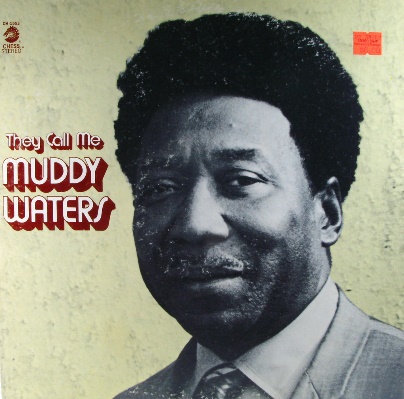
“Muddy Waters – They Call Me Muddy Waters” by kevin dooley is licensed under CC BY 2.0
“Buddy Guy Edit-28” by dannyb is licensed under CC BY 2.0
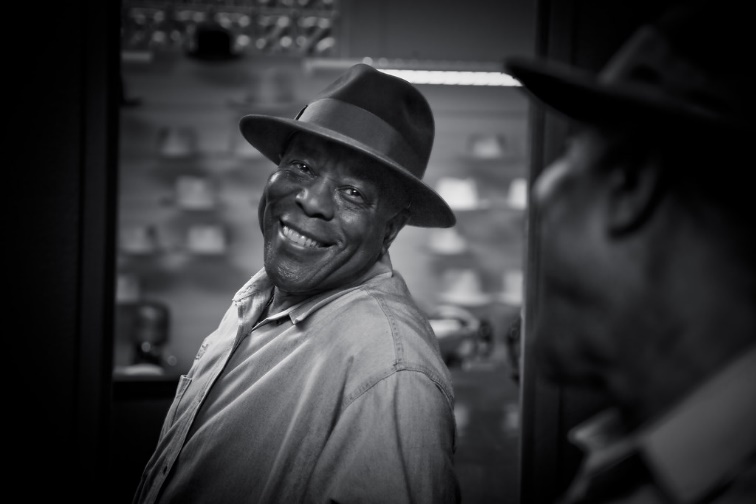
“Howlin’ Wolf – Howling in the Moonlight” by comunicom.es is licensed under CC BY-SA 2.0
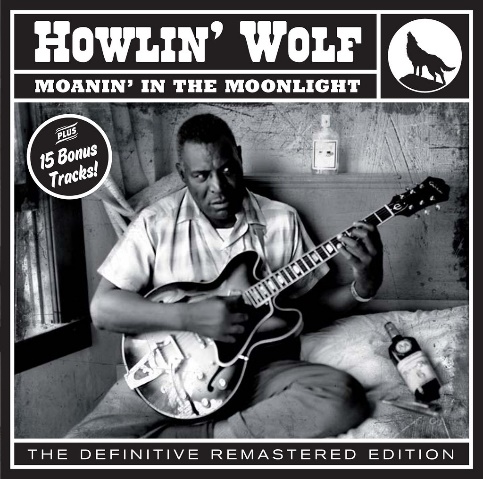
Today black musicians across the diaspora have influenced music across the globe. From rock bands, British Soul, Yacht Rock, Latin music, and even K-pop the trend of appropriating black culture seems to have no end in sight
